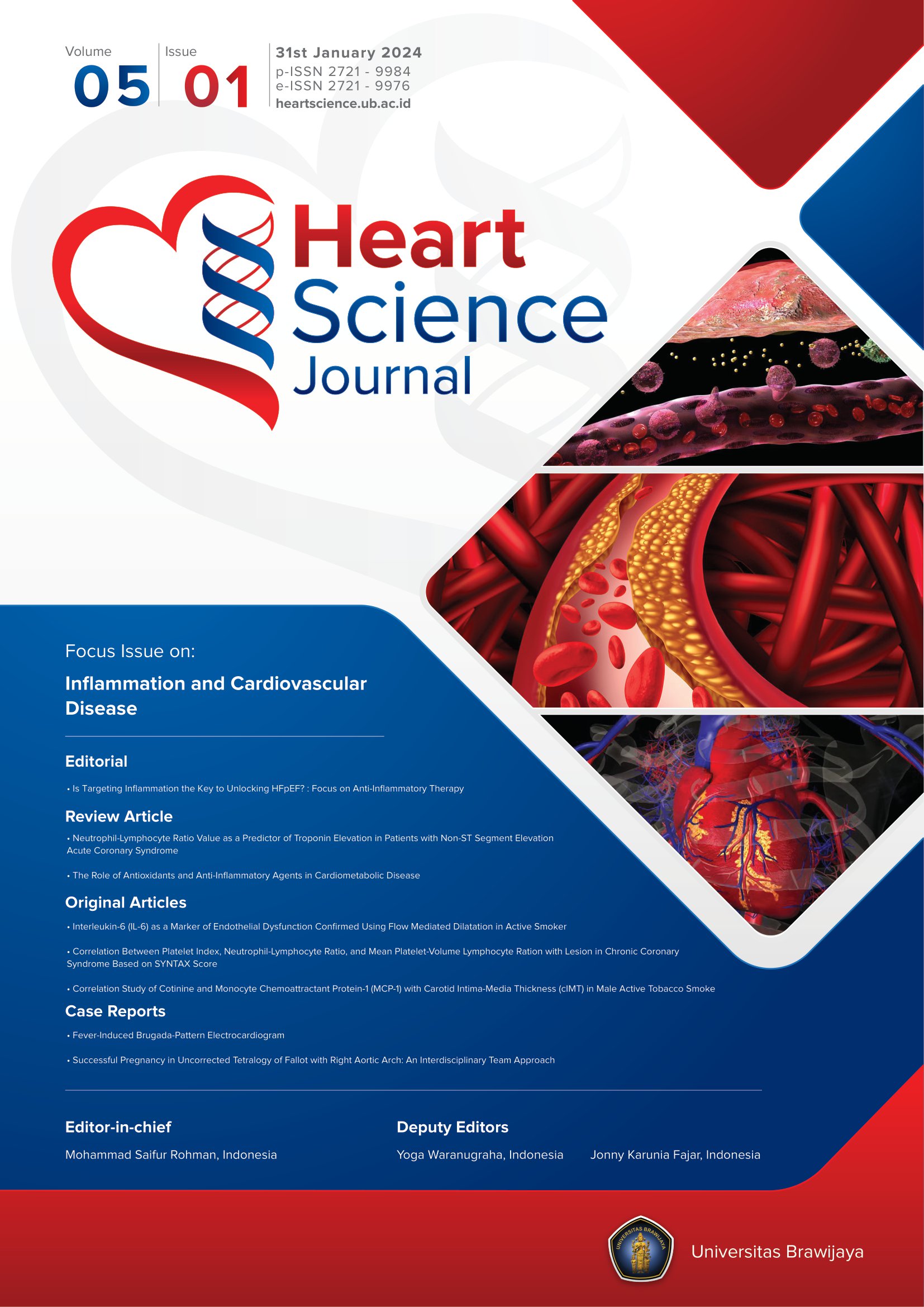Management of Acute Uncomplicated Stanford B Aortic Dissection in The Era of Endovascular Repair: A Case Report
Abstract
Introduction:
Uncomplicated type B aortic dissections have been traditionally treated with medication therapy. While it may provide good short-term results, longterm prognosis may be less favorable. With improvements in endovascular repair and the potential risk of disease progression, thoracic endovascular aortic repair (TEVAR) has been considered inpatients with uncomplicated type B aortic dissection.
We present the case of 78-year-old gentleman who presented with acute uncomplicated type B aortic dissection managed by endovascular repair
Case illustration:
A 78 year-old hypertensive patient admitted to the hospital with persistent chest discomfort and cough for 2 weeks. The CT aortic angiogram showed type B dissection. Based on the recent guidelines, TEVAR should be considered in patients with uncomplicated type B aortic dissection, thus we prepared the patient for TEVAR procedure. First we established multidisciplinary vascular team for the pre-procedural preparation of the patient. We perform careful measurement through detailed CT angiography reconstruction from carotid to femoral arteries. We found proximal diameter was 30-35mm, distal diameter was 23mm and landing zone right after left brachial ostium, suitable for stent graft Valiant Captivia 36-32x150mm. The CT also showed that both femoral artery were normal, we decided to use right femoral artery as the access. We proceed to the procedure 2 days later, under general anaesthesia, digital subtraction angiography revealed dissection of descending aorta, and selected device was inserted. Subsequent contrast injection revealed total occlusion of the false lumen. Patient was transferred to ICU for postprocedural care, and extubated the day after. The hospital stay was uneventful, and one-month follow up CT shows no endoleak.
Conclusion :
Management of uncomplicated Stanford B dissections is very challenging. TEVAR has emerged as an alternative to surgery with lower morbidity and mortality rates that might offer good long-term results.
Keywords
Full Text:
PDFReferences
Riambau V, Böckler D, Brunkwall J, Cao P, Chiesa R, Coppi G, Czerny M, Fraedrich G, Haulon S, Jacobs MJ, Lachat ML. Editor's choice–management of descending thoracic aorta diseases: clinical practice guidelines of the European Society for Vascular Surgery (ESVS). European Journal of Vascular and Endovascular Surgery. 2017 Jan 1;53(1):4-52.
Clouse WD, Hallett JW, Schaff HV, et al. Acute aortic dissection: population-based incidence compared with degenerative aortic aneurysm rupture. Mayo Clinic Proc 2004;79:176–80.
Vilacosta I, Aragoncillo P, Cañadas V, San Román JA,Ferreirós J, Rodríguez E. Acute aortic syndrome: a new look at an old conundrum. Heart 2009;95:1130e9.
Mackenzie KS, LeGuillan MP, Steinmetz OK, Montreuil B. Management trends and early mortality rates for acute type B aortic dissection: a 10 year single-institution experience. Ann Vasc Surg 2004;18:158e66.
Thakkar D, Dake MD. Management of Type B Aortic Dissections: Treatment of Acute Dissections and Acute Complications from Chronic Dissections. Techniques in vascular and interventional radiology. 2018 Sep 1;21(3):124-30.
JCS Joint Working Group. Guidelines for diagnosis and treatment of aortic aneurysm and aortic dissection (JCS 2011). Circulation Journal. 2013;77(3):789-828.
Booher AM, Isselbacher EM, Nienaber CA, Trimarchi S, Evangelista A, Montgomery DG, Froehlich JB, Ehrlich MP, Oh JK, Januzzi JL, O'Gara P. The IRAD classification system for characterizing survival after aortic dissection. The American journal of medicine. 2013 Aug 1;126(8):730-e19.
Hughes GC, Andersen ND, McCann RL. Management of acute type B aortic dissection. J Thorac Cardiovasc Surg 2013; 145(3Suppl): S202-S207.
Cooper M, Hicks C, Ratchford EV, Salameh MJ, Malas M. Diagnosis and treatment of uncomplicated type B aortic dissection. Vasc Med. 2016;21:547–552.
Braunwald
Helder MR, Bacharach JM. Evolving Technologies for the Treatment of Type B Aortic Dissections—A Case Report and Review of the Literature. Journal of the Minneapolis Heart Institute Foundation. 2018 Jun;2(1):38-43.
Tsai TT, Fattori R, Trimarchi S, et al. Long-term survival in patients presenting with type B acute aortic dissection: Insights from the International Registry of Acute Aortic Dissection. Circulation 2006; 114: 2226–2231.
Suzuki T, Isselbacher EM, Nienaber CA, et al. Type-selective benefits of medications in treatment of acute aortic dissection (from the International Registry of Acute Aortic Dissection [IRAD]). Am J Cardiol 2012; 109: 122–127
Trimarchi S, Nienaber CA, Rampoldi V, et al. Role and results of surgery in acute type B aortic dissection: Insights from the International Registry of Acute Aortic Dissection (IRAD). Circulation 2006; 114: I357–364
Song C, Lu Q, Zhou J, Yu G, Feng X, Zhao Z, Bao J, Feng R, Jing Z. The new indication of TEVAR for uncomplicated type B aortic dissection. Medicine (Baltimore) 2016;95: e3919.
Authors/Task Force members, Erbel R, Aboyans V, Boileau C, Bossone E, Bartolomeo RD, Eggebrecht H, Evangelista A, Falk V, Frank H, Gaemperli O. 2014 ESC Guidelines on the diagnosis and treatment of aortic diseases: document covering acute and chronic aortic diseases of the thoracic and abdominal aorta of the adult The Task Force for the Diagnosis and Treatment of Aortic Diseases of the European Society of Cardiology (ESC). European heart journal. 2014 Aug 29;35(41):2873-926.
DOI: https://doi.org/10.21776/ub.hsj.2020.001.03.8
Refbacks
- There are currently no refbacks.
Copyright (c) 2020 Brawijaya Cardiovascular Research Centre

This work is licensed under a Creative Commons Attribution 4.0 International License.









